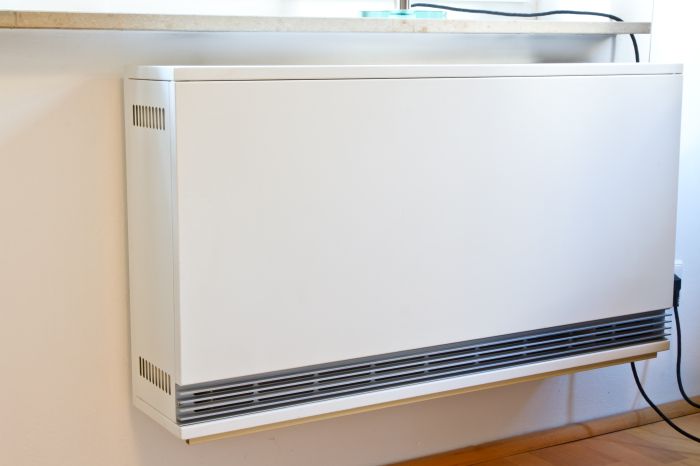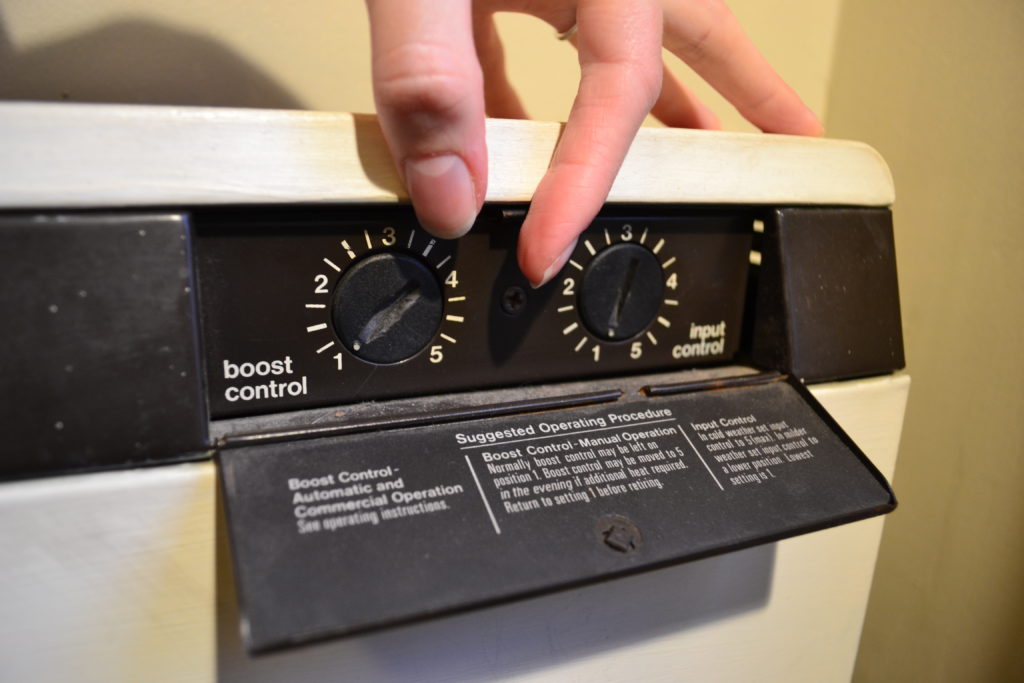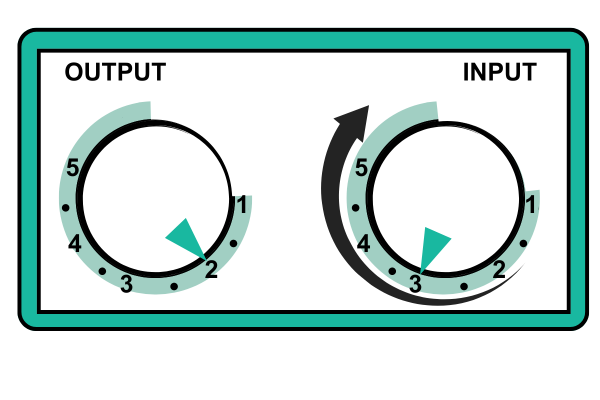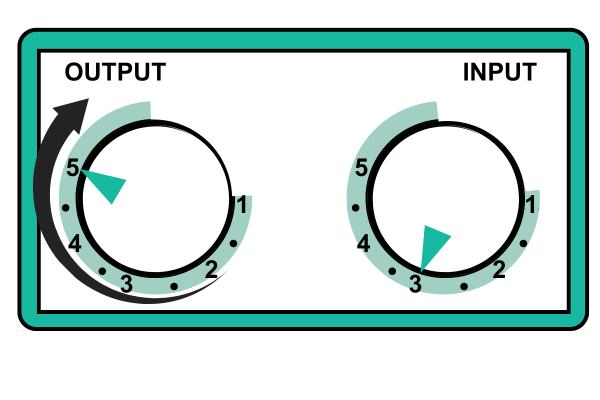Traditional storage heaters
Around 11% of people in Scotland use electricity to heat their homes. Of these households, most have electric storage heaters.

Using storage heaters efficiently is important because electricity is more expensive (per unit) than gas or oil.
This guide tells you all you need to know about traditional storage heaters.
If you have a more modern type of storage heater, check out our modern storage heater guide here.
Traditional storage heaters
The first storage heaters were installed in the 1960s. There are still lots of old storage heaters out there. These types usually have two dials: an input and an output.

How do storage heaters work?
Storage heaters charge up with heat overnight. They release the heat they’ve stored up over the next day. The heat is stored in ceramic blocks, called bricks. You have control over:
- how much heat is stored
- how quickly this heat is released
Storage heaters usually run on a different electricity tariff to other heating systems. With these tariffs, electricity is cheaper during the night, and more expensive during the day. The storage heater charges up with heat during the night, when the cost of electricity is cheaper.
An example of this type of tariff would be the Economy 7. This means that electricity is cheaper (and more economical) for seven hours during the night. The exact hours vary from supplier to supplier.

How to control storage heaters
Traditional storage heaters have two dials: an input and an output dial. Below, we’ll explain how to use these dials to manage your heating.

The input dial controls how much heat is stored overnight.
You would set the input dial before going to bed, based on how much heat you think you will need the next day.
- If it’s forecast to be a cold day, then try setting it on medium to high (between 3 and 5).
- If it’s forecast to be a mild day, then try setting it on low to medium (between 1 and 3).
Remember, although electricity is cheaper during the night, it still costs money. Therefore, to keep costs down, only store as much heat as you think you’ll need.

The output dial controls how quickly heat is released during the day. It might also be labelled “Boost” or “Room Temperature“.
Depending on your routine, you’ll probably need most heat in the evening. This means you need to be careful you don’t run out of heat by setting the output too high during the day.
Try keeping the output on a low setting through the day, then turn the output up during the evening if you get cold.
Remember to turn the output down again before going to bed.
Your storage heater may also have a ‘boost’ function. You can use this if you have run out of stored heat. However, the boost function uses electricity priced at the day-time rate, not the cheaper overnight rate. For this reason, you should try to use it sparingly, if at all.
How to use storage heaters cheaply
You can keep the costs down by using your storage heaters efficiently.
If you have old storage heaters, then:
- Check the weather forecast to help you decide how much heat you’ll need tomorrow
- Don’t store more heat overnight than you need for the next day
- Keep the output off or on low when you don’t need the heat
- Only use the boost function if you really need it
Best replacement for night storage heaters
The best replacement for night storage heaters will depend on:
- How well insulated your home is
- What energy tariffs are available to you
Modern storage heaters are much more efficient than traditional models, so it’s worth considering upgrading to these.
If your home is well insulated, then another option would be an air source heat pump.
Replacing old storage heaters with an air source heat pump can save around £1,500 a year.
Grant funding for storage heater upgrades
Grant funding for upgrading to modern storage heaters is available through Home Energy Scotland. Eligible homeowners can get a grant of £2,500 for high retention storage heaters. An extra £3,000 is also available as an interest free loan.
If you want to replace your storage heaters with an air source heat pump, grants of £7,500 are available. Householders who live in remote or rural areas of Scotland may be eligible for £9,000 towards an air source heat pump.
To find out more about grant funding for storage heater upgrades, you can contact an energy advisor on 0808 808 2282 or email online at homeenergyscotland.org/contact

Changeworks delivers Home Energy Scotland in the south east and Highlands and Islands on behalf of the Scottish Government and Energy Saving Trust.
As well as providing free, impartial expert advice to thousands of people every month to help them to keep warm in their homes for less, they identify funding opportunities for households seeking to install energy efficiency measures.
For more information, give Home Energy Scotland a call on 0808 808 2282 or email and the team will be happy to help you.
Useful pages
Is this page useful?